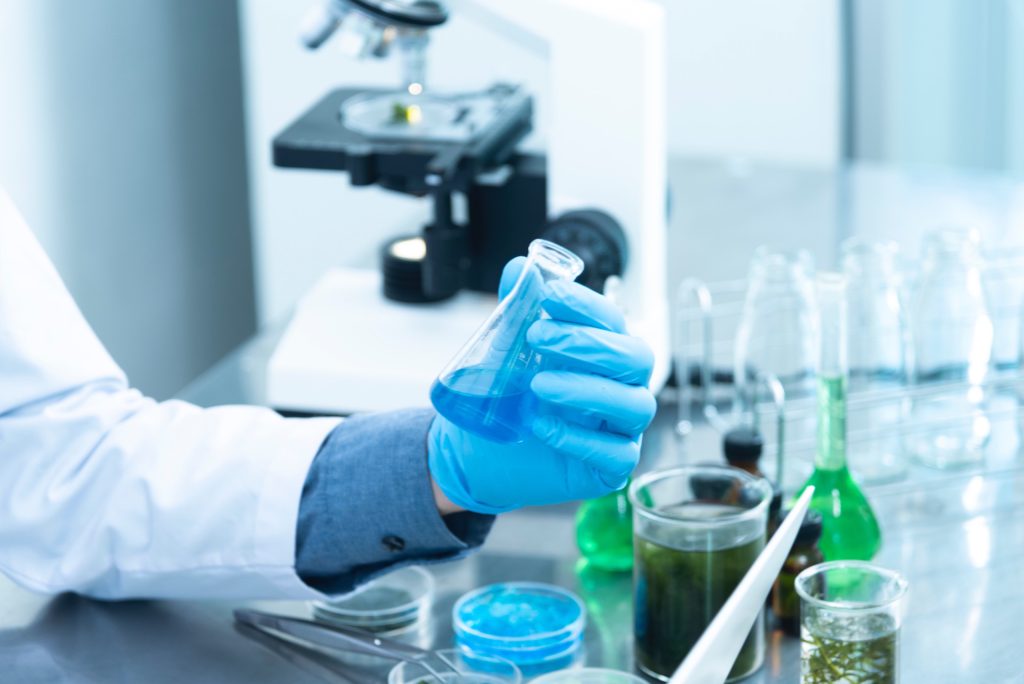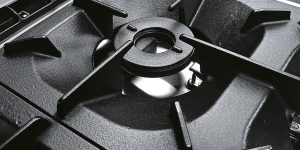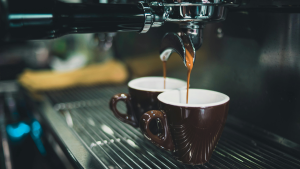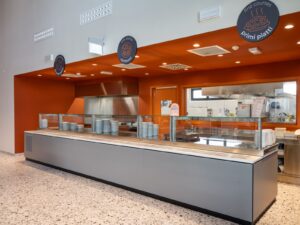FRYING OILS: Regulatory Evolution and Management of Polar Compounds
Frying is a widely popular cooking method enjoyed by many. It involves immersing food in hot oil, which imparts specific culinary characteristics such as color, texture, and taste.

The typical properties of fried food result from chemical and physical changes occurring in the food and the oil used. These changes are visibly noticeable through darker colors, increased viscosity, and a lowered smoke point. During frying, the food releases water and fats, absorbs oil, and undergoes complex chemical reactions like hydrolysis and thermal oxidation of fats, which involves the oxidation of triglycerides, leading to the formation of peroxides, carbonyl compounds, free fatty acids, and polymers. This results in volatile compounds that do not remain in the oil and non-volatile compounds that stay in the oil and can be absorbed by the food. The quality of the oil, cooking temperature, duration, and type of food are factors that influence the prevalence of one reaction over another, and thus the formation of resulting substances. In terms of health and hygiene safety, special attention should be given to this cooking method.
What Are Polar Compounds?
A reliable indicator of oil degradation is the presence of polar compounds derived from chemical transformation. During frying, depending on operational conditions, potentially harmful substances may develop, such as:
- Thermal oxidation compounds of fats, including lipoperoxides, hydroperoxides, ketones, and aldehydes such as HNE, HHE, and HOE4.
- Compounds formed at high temperatures, such as acrylamide, glycidamide, and hydroxymethylfurfural.
Without delving into their molecular composition, it is enough to know that these compounds can cause inflammation, toxicity, or hinder the proper absorption of nutrients.
For this reason, there is particular attention to the use of fried foods.

Industry Regulations
The legislative reference is the Ministry of Health Circular issued on January 11, 1991, no. 1, titled Oils and Fats Used for Frying Foods, which provides workers with basic guidelines (to be covered at the end of this article) on how to improve the organoleptic quality of fried foods.
The maximum allowable content of polar compounds in oils and fats used for frying is 25g/100g. Exceeding this limit (producing food with oil containing more than 25% polar compounds) constitutes a violation of Articles 5 and 6 of Law no. 283 of April 30, 1962, and is subject to criminal penalties.
The Circular also establishes how to determine polar compounds, the methods, equipment, and procedures involved. This analysis is complex and generally not feasible for Sector Operators. However, food businesses are required to establish self-monitoring procedures based on HACCP principles that consider the risks associated with fat thermal oxidation, and failure to do so can result in penalties. Therefore, it is essential for food businesses to have adequate systems to monitor the condition of oils used for frying. It should be noted that traditional visual and organoleptic control methods used by operators to decide when to replace oil do not have scientific validity, and quick colorimetric methods available on the market are often inadequate. Instead, there are reliable digital tools capable of measuring the percentage of polar compounds (known as quality testers, testers, etc., on the market).
For those starting a catering business, it is essential to consider Legislative Decree 152/2006 and the Environmental Consolidation Act, which in Article 233 states that “anyone holding used vegetable and animal oils and fats as part of their professional activity is required to deliver them to consortia directly or through delivery to parties appointed by the consortia” for recycling.
Raccomandazioni
As established by Annex A of the Ministry of Health Circular of January 11, 1991, no. 1:
- Use only oils or fats suitable for frying, as they are more heat-resistant (note: extra virgin olive oil is particularly stable).
- Ensure proper preparation of food for frying, minimizing water and avoiding adding salt and spices, which accelerate oil and fat degradation. Salt and spices should preferably be added after frying.
- Ensure that oil temperature does not exceed 180°C, as higher temperatures accelerate oil and fat degradation. Therefore, equipping the fryer with a thermostat is advisable.
- After frying, facilitate the removal of excess oil absorbed by the food through draining.
- Frequently replace oils and fats. Monitor oil quality during frying, noting that heavily used oil can be identified by darkening, increased viscosity, and a tendency to produce smoke.
- Filter used oil, if still suitable for frying, using appropriate systems and/or inert substances (filtration aids); thoroughly clean the filter and oil container. Burnt residues, viscous oily residues, or remnants of old oil accelerate oil degradation.
- Avoid the practice of topping up (adding fresh oil to used oil). Fresh oil degrades much faster when in contact with used oil.
- Protect oils and fats from light exposure.
Sources: Ministry of Health Circular and other web sources



